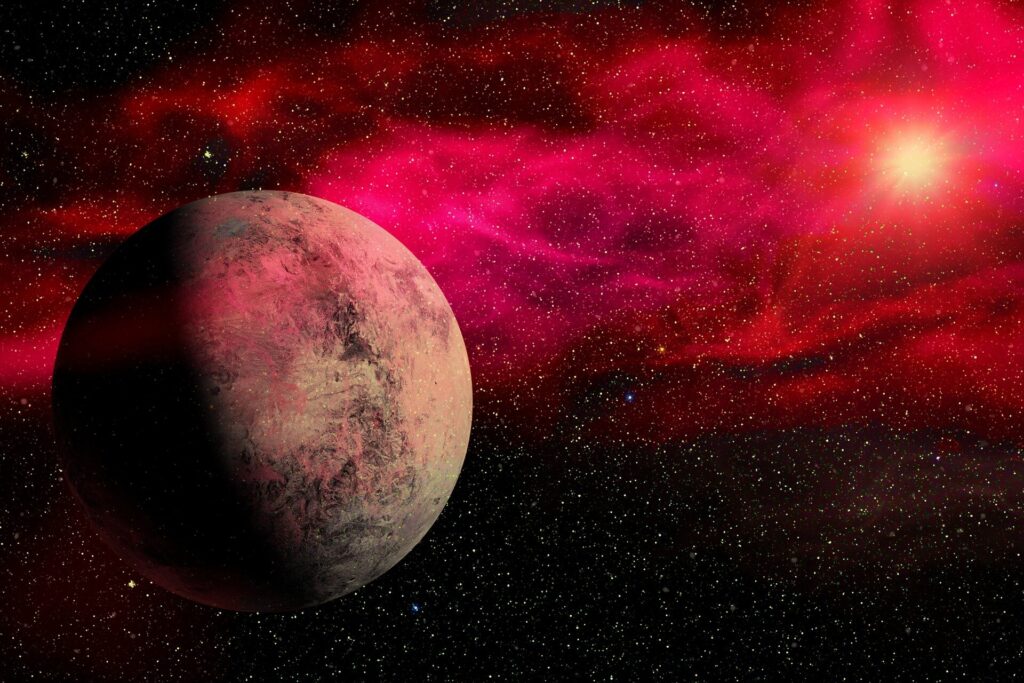
There’s a growing debate in the scientific community about the statistical methods used in exoplanet research, potentially affecting how discoveries are interpreted and understood by the public. A recent paper by David Kipping from Columbia University and Björn Benneke from UCLA, posted on the arXiv preprint server, challenges the statistical practices that have been prevalent in exoplanet detection for decades.
Statistics play a crucial role in space exploration, particularly in proving the existence of phenomena like Earth analogs or biosignatures in planetary atmospheres. The paper argues that exoplanet hunters have been misrepresenting the likelihood of their findings due to a misunderstanding of statistical conversions between Bayesian and frequentist methods.
The Statistical Debate: Bayesian vs. Frequentist
At the heart of this debate is the translation between Bayesian statistics, which assess the likelihood of an event occurring, and frequentist statistics, which measure how surprising an event is. This is often expressed through a “sigma” value, a term that gained public attention during the discovery of the Higgs boson at the Large Hadron Collider in 2012.
The sigma value represents the statistical significance of a finding, with “five sigma” being the gold standard for scientific certainty. However, Kipping and Benneke suggest that exoplanet researchers have been misapplying these values, leading to potentially overstated conclusions about their discoveries.
Historical Context and Current Implications
The use of sigma values in exoplanet research was solidified by a 2001 paper and further adapted in a 2013 follow-up, co-authored by Dr. Benneke. However, a typographical error in the latter paper may have led to a widespread misinterpretation of statistical significance. The error involved the phrase “at least” a sigma value, which should have been “at most,” potentially inflating the perceived significance of findings.
An example cited by the authors is the detection of dimethyl sulfide (DMS) in the atmosphere of exoplanet K2-18b. They argue that the evidence for this finding should have been reported with “less than 3-sigma” significance, which would cast doubt on the reliability of the discovery.
Expert Opinions and Future Directions
According to the authors, the solution lies in adopting more rigorous statistical methods or directly using Bayesian factors, which are already familiar to the public through their use in gambling as “odds.” This shift could lead to more accurate representations of scientific findings and greater public acceptance.
“The premise that the public is unaccustomed to Bayesian factors isn’t true—gambling traditionally uses Bayesian factors, though they’re described as ‘odds’ in that language,” the authors note.
As the scientific community grapples with these statistical challenges, the debate is likely to continue. Some researchers may advocate for the continued use of frequentist statistics, while others push for a broader acceptance of Bayesian methods. Regardless, the collection of more data will drive the field forward, ensuring that scientific progress remains robust.
The implications of this debate extend beyond academic circles, influencing how resources are allocated for further research and shaping humanity’s understanding of its place in the universe. As long as there are scientists to argue about data interpretation, these discussions will remain a vital part of the scientific process.







